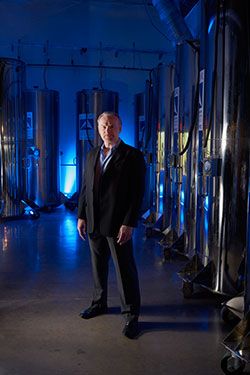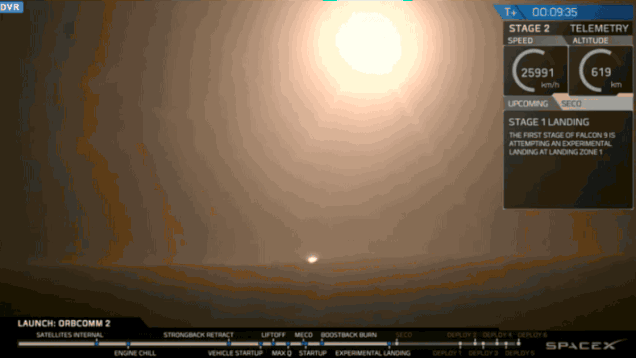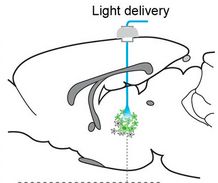Page 11562
Dec 22, 2015
X-Ray Vision? New Technology Making It a Reality for $300
Posted by Sean Brazell in categories: health, military
CAMBRIDGE, Mass. (AP) – X-ray vision, a comic book fantasy for decades, is becoming a reality in a lab at MIT.
A group of researchers led by Massachusetts Institute of Technology professor Dina Katabi has developed software that uses variations in radio signals to recognize human silhouettes through walls and track their movements.
Researchers say the technology will be able to help health care providers and families keep closer tabs on toddlers and the elderly, and it could be a new strategic tool for law enforcement and the military.
Dec 22, 2015
Leaving Planet Earth: Zoltan Istvan talks human future
Posted by Zoltan Istvan in categories: geopolitics, transhumanism
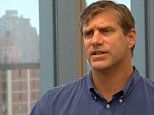
I’m excited to announce a 5-part series of short video interviews I did last week in New York City with the Daily Mail. Here’s one of them:
Presidential candidate Zoltan Istvan from the Transhumanist Party speaks to Ellie Zolfagharifard from DailyMail.com.
Dec 22, 2015
Giant comets may threaten Earth: astronomers
Posted by Sean Brazell in category: asteroid/comet impacts
Can there be any doubt any more that colonizing, at minimum, the rest of the solar system is an existential species imperative!?
Most studies of potential Earth-smashers focus on objects in the asteroid belt roughly between Mars, Earth’s outside neighbour, and Jupiter on its other flank, said the researchers.
But they noted that the discovery in the last two decades of hundreds of giant comets dubbed centaurs, albeit with much larger orbits, requires expanding the list of potential hazards.
Continue reading “Giant comets may threaten Earth: astronomers” »
Dec 22, 2015
Unlocking the Brain a Healing Promise for Those Who Suffer
Posted by Dan Faggella in categories: neuroscience, science
Controlling the brain, consciousness and the unconscious through artificial means has long been a staple plot of science fiction. Yet history has a way of proving the fictional to end up as possible, and the future of brain-machine interface appears to hold greater promise than ever before.
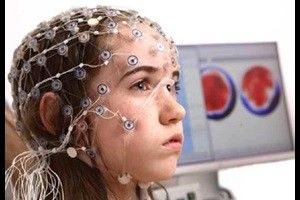
Image Credit: Society for Neuroscience (SFN)
According to Neuroscience Researcher, Yale University Fellow, and the Director of Yale’s Clinical Neuroscience Imaging Center, Dr. Hal Blumenfeld, we can now therapeutically (and safely) go inside the brain. As he reflected on the recent advances in neuroscience, Blumenfeld cited the progress that’s been made in the last decade in understanding the relationship between brain activity and conscious thought as one of the biggest breakthroughs. The ability to find the switch in the brain that regulates consciousness, and turn it on and off, is a major step toward the treatment of epilepsy, brain injuries and more, and could have a profound effect on mankind, he said.
“I think the exciting advances are really looking in the network approach to understanding the brain, looking at the brain as a network, and understanding that, for something as wide reaching as consciousness to happen, you really need the whole brain network or most of the brain,” Blumenfeld said. “There’s a switch deep in the middle of the brain that can either be turned on or off. When that gets turned on, the whole rest of the brain network, including the cortex, all start to interact and create consciousness. When that switch gets flipped off, consciousness is turned down and we lose consciousness.”
Continue reading “Unlocking the Brain a Healing Promise for Those Who Suffer” »
Dec 22, 2015
SpaceX Finally Manages to Land an Orbital Rocket Back on Earth
Posted by Sean Brazell in categories: satellites, space travel
Right on schedule, SpaceX’s Falcon 9 booster made a beautiful soft landing at Cape Canaveral Air Force Station moments ago. It’s a huge moment in the history of spaceflight, marking the first time a rocket has ascended into orbit and landed back on Earth.
The prospects for the reusable rocket system SpaceX has been chasing for over a year are that much better.
At 8:29 pm ET, SpaceX launched its upgraded, Falcon 9 rocket carrying a payload of 11 Orbcomm communication satellites into low Earth orbit from Space Launch Pad 40 at Cape Canaveral Air Force Station. Minutes later, the second stage separated from the first and continued to propel its payload into higher orbit.
Dec 22, 2015
Pulsed laser light turns whole-brain activity on and off
Posted by Sean Brazell in categories: bioengineering, biotech/medical, electronics, genetics, neuroscience
Optogenetic laser light stimulation of the thalamus (credit: Jia Liu et al./eLife)
By flashing high-frequency (40 to 100 pulses per second) optogenetic lasers at the brain’s thalamus, scientists were able to wake up sleeping rats and cause widespread brain activity. In contrast, flashing the laser at 10 pulses per second suppressed the activity of the brain’s sensory cortex and caused rats to enter a seizure-like state of unconsciousness.
“We hope to use this knowledge to develop better treatments for brain injuries and other neurological disorders,” said Jin Hyung Lee, Ph.D., assistant professor of neurology, neurosurgery, and bioengineering at Stanford University, and a senior author of the study, published in the open-access journal eLIFE.
Dec 21, 2015
What Happens When Artificial Intelligence Makes MAGIC: THE GATHERING Cards
Posted by Sean Cusack in categories: innovation, robotics/AI
The are over 13,000 Magic: The Gathering cards, each of which fits uniquely into an incredibly rich, decades-old world of lore, rules, tokens, and tournaments. It takes years to master the game, and even then a new set of cards comes every few months to shake things up.
That’s why it’s wonderful to see what kinds of innovation and oddity a days old artificial intelligence can come up with.
 I’m sorry…What does morph do again?
I’m sorry…What does morph do again?Dec 21, 2015
Elon Musk Says Tesla Vehicles Will Drive Themselves in Two Years
Posted by Dan Kummer in categories: Elon Musk, robotics/AI, space travel, sustainability, transportation
Musk opens up about autonomous vehicles, self-driving car rules, and the competition.
In Elon Musk’s world, “easy” is used to describe problems many might consider impossible—or at least very difficult to solve. Producing a fully autonomous vehicle that can operate in any condition and on any road, for example, is easy-ish. And Tesla Motors TSLA 0.91%, the all-electric automaker that Musk heads, is two years away from achieving it.
“I think we have all the pieces, and it’s just about refining those pieces, putting them in place, and making sure they work across a huge number of environments—and then we’re done,” Musk told Fortune with assuredness during his commute to SpaceX headquarters in Hawthorne, Calif., where he is also CEO. “It’s a much easier problem than people think it is. But it’s not like George Hotz, a one-guy-and-three-months problem. You know, it’s more like, thousands of people for two years.”
Dec 21, 2015
Is this the restaurant of the future? No host, no waiters or even tables
Posted by Dan Kummer in categories: food, robotics/AI
When you walk into Eatsa, a new restaurant at the Village at Westfield Topanga, there is no host, no waiters or even tables. The restaurant is an empty space lined with iPads on one wall, interactive clear cubbies (glass doors) on another, and a wall outfitted with motion sensors that dispense cutlery.
This is fast food the Eatsa way. The restaurant, which has a location in San Francisco, is completely automated — minus the food preparation.
“There are three people in the back that make everything from scratch,” said Travis Jones, who is head of the culinary operations at both Eatsa locations. “We believe in blending technology and proper culinary skills, and it’s a blend that makes the whole process work.”
